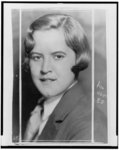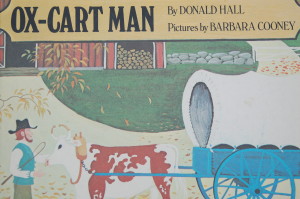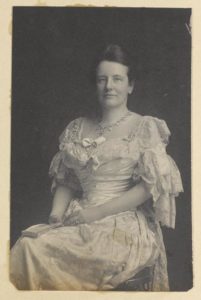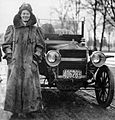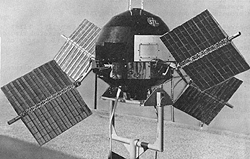Ralph Johnson Bunche (born Detroit, Michigan, 1904; died New York, New York, December 9, 1971) was a diplomat and United Nations representative. The grandson of a former slave, he joined the United Nations in 1947. He became an undersecretary in 1955, and he received the 1950 Nobel Peace Prize for his work with Arabs and Jews. Children could read Ralph J. Bunch: Peacemaker by Patricia and Fredrick McKissack.
Betsy Byars (born Charlotte, North Carolina, 1928; died Seneca, South Carolina, February 26, 2020) wrote over 60 books for children. She wrote among other works Cracker Jackson, published in 1985. Her book Summer of the Swans received the 1971 Newbery Medal, and Wanted…Mud Blossom earned the 1962 Edgar Award for Best Juvenile Literature. Children can learn more, especially about her unique house, at: Betsy Byars.
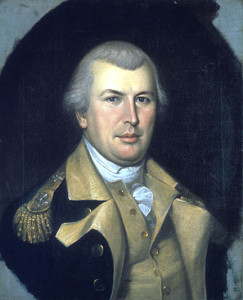
Nathanael Greene
Nathanael Greene (born Patowomut, Rhode Island, 1742; died Savannah, Georgia, June 19, 1786) was a general during the Revolutionary War. Children could learn more at: Nathanael Greene.
Rudolf C. Ising (born Kansas City, Missouri, 1903; died Newport Beach, California, July 18, 1992) created, along with Hugh Harmon, Looney Tunes and Merrie Melodies. He won an Academy Award for Milky Way, a cartoon about three kittens, in 1948. Idea: Children could make flip books.
Louis Seymour Bazett Leakey (born Kabete, Kenya, 1903; died London, United Kingdom, October 1, 1972) was an anthropologist. He and his wife Mary devoted their lives to finding out more about early human life in eastern Africa.
Coleen Salley (born Baton Rouge, Louisiana, 1929; died September 16, 2008) wrote books for children. She published her first book when she was 72 years old! Her works include the Epossumondas series and Who’s That Tripping Over My Bridge? Children can visit a website devoted to her at: Coleen Salley.
Maia Wojciechowska (born Warsaw, Poland, 1927; died Long Branch, New Jersey, June 13, 2002) wrote nineteen books for children. She wrote Shadow of a Bull, the 1965 Newbery Medal winner. Children could learn more at: Maia Wojciechowska.
